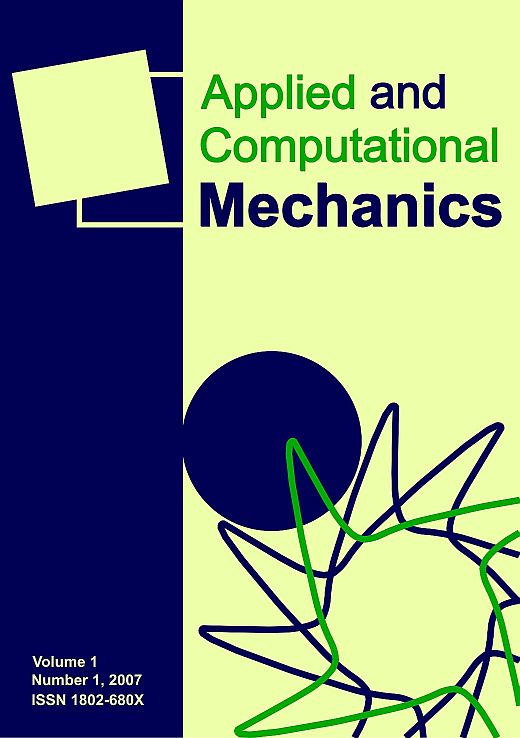On the level of computational model of a human skull: A comparative study
DOI:
https://doi.org/10.24132/acm.2018.385Keywords:
skull, finite element method, solid, shell, comparison, modellingAbstract
In this study, different patient-specific computational models of the skull, which are often used in literature, were investigated, analysed and compared. The purpose of this study was to demonstrate the differences in computational model creation and results in case different computational models based on same computed tomography (CT) dataset are used. The selection of computational model directly influences the values of investigated parameters. The effort is to demonstrate, how the selection of the computational model influences the results of biomechanically relevant parameters. The comparison was based on total displacement of the skull and von Mises strain investigated around predefined paths around the skull. The strain values were evaluated according to criterion from literature. The results were obtained using finite element method. The values of the displacement of the skull were higher in case of considering cancellous bone tissue due to its poor material properties or heterogeneous material properties. The same situation occurred during the evaluation of strain. The values were higher in models which include cancellous bone tissue in the structure.Downloads
Published
30-Jun-2018
Issue
Section
Articles
License
Copyright (c) 2018 Applied and Computational Mechanics

This work is licensed under a Creative Commons Attribution 4.0 International License.
How to Cite
[1]
J. Chamrad, P. Marcián, and L. Borák, “On the level of computational model of a human skull: A comparative study”, APPL COMPUT MECH, vol. 12, no. 1, Jun. 2018, doi: 10.24132/acm.2018.385.







